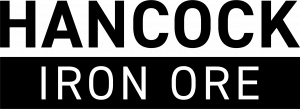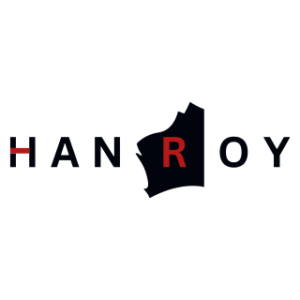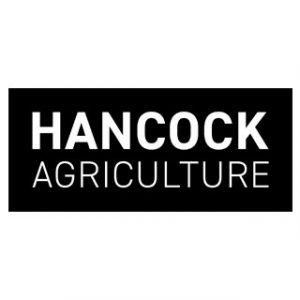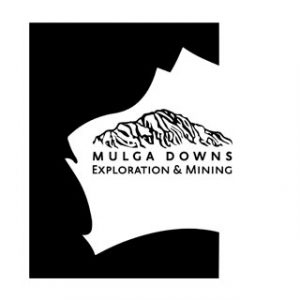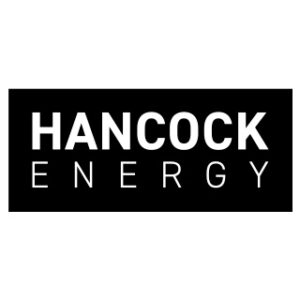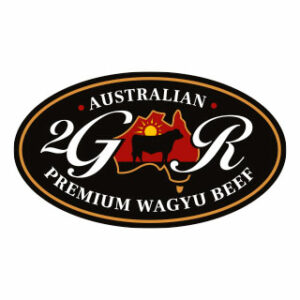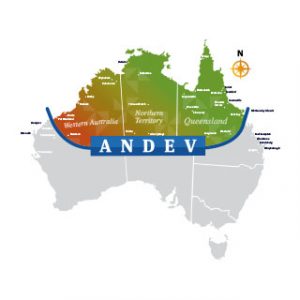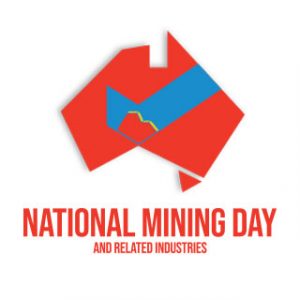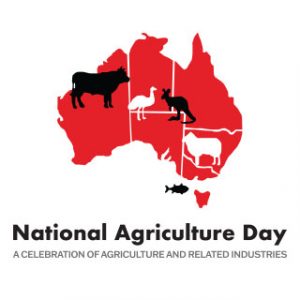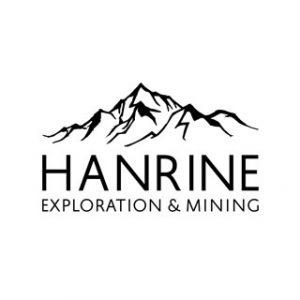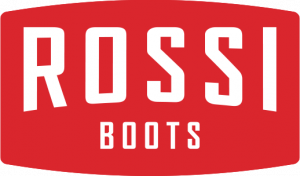
For kids who grow up on the coast of Australia, learning to swim is as much a cultural phenomenon as a survival skill.
Primary school swimming programs are compulsory in several states and there are hundreds of learn-to-swim businesses across the country dedicated to teaching water safety.
The investment has had an unintended effect – it has bred generations of swimmers who end up faster in the pool than anyone else on Earth.
Of the 557 medals Australia has won at 29 Summer Olympic Games more than two-thirds are from swimming. The figure grew significantly from the Melbourne Games in 1956, when learn-to-swim programs were starting to evolve and the number of pools was beginning to rise.
Swimming Australia head coach Rohan Taylor says the rise of elite athletes in the sport was partly driven by Forbes Carlile, the Melbourne Olympics head swimming coach and co-founder of Carlile Swimming, a Sydney-based franchise.
Carlile began teaching swimming on Sydney’s northern beaches in 1946 while completing a master’s in science at the University of Sydney.
By the time the 1948 London Olympic Games began, he was the Australian team’s swimming coach and went on to lead the team in Melbourne. Australia was incredibly successful at those Games and Carlile eventually became known as a pioneer in training that involved heart rate monitoring, internal training and pace clocks.
He coached 52 members of the Olympic, Commonwealth, and world championship teams – 31 of whom broke world records. In 1955, he opened Australia’s first commercial swim school in Drummoyne, which was later relocated to Ryde.
“What happened over the years is . . . he started utilising the learn-to-swim school to find talent,” Taylor says. “He created that transition from learn-to-swim into squad training . . . finding the talented kids within that and teaching them to swim the strokes properly and then coach them.”
Australia’s Olympic tally data suggests the method worked: the medal count has not fallen below 10 since 1992 and the team has won at least one gold medal at every tournament since Moscow in 1980. Even considering the increase in events, it is still a substantial figure.
Today, Australia has more than 2000 swim schools and the figure is growing, Australian Swim Schools Association chief executive Luke Daly says.
‘The competitive instinct kicks in’
The Australian Sports Commission estimates that 1.9 million children younger than 14 swam in fiscal year 2023, a 38 per cent increase year-on-year. Most of them were younger than four.
The ASC estimates 3.9 million adults also hit the water that year – up 18 per cent – which can be partly attributed to a rise in the number of pools built specifically for training and competitions.
“From a cultural perspective, we are more drawn to water,” Daly says. “If you’re comfortable in water, you start to enjoy it and you’re good at it . . . all of a sudden the competitive instinct kicks in. It ignites a passion within them to think ‘I could be good at this’, which flows through.”
The Dolphins’ Taylor says many of the coaches are still employed by learn-to-swim, school or university programs – he and his wife run their own business in Melbourne and former Australian coach Laurie Lawrence also runs a swim school.
“It’s a revenue generator, but also brings talent in,” Taylor says. “We are very good at finding talent and developing it into competitive swimmers who then can compete on the international stage. Our coaching is a very, very high level, and the industry works hand in hand with that.”
It isn’t just coaches who have invested in the learn-to-swim phenomenon: Olympians such as Emily Seebohm and Samantha Riley have launched swimming businesses or aquatic centres.
“There’s a bunch of athletes who go from learn-to-swim through to competitive swimming and then a natural business for them is to move into owning swim schools or licensing swim schools,” Daly says.
According to the ASSA, many swimming businesses are moneymakers and some even have waiting lists for entry. But, Daly says, the industry is experiencing a lot of consolidation and a rise in franchising, particularly in Melbourne.
“There’s a fair bit of private equity floating around and venture capitalists are starting to come in because they see it as a real numbers game,” he says.
“It’s an evergreen industry because there’s always new students coming through – babies are always being born. But beyond that, we are also seeing new Australians or migrants coming through as well. Learning to swim for migrant adults is [also] a really big part of what we’re doing.”
Swimming’s golden era
Taylor became Australia’s head coach ahead of the Tokyo Games, but he can’t remember a time he wasn’t swimming.
Until he was five, Taylor lived on Nauru where his father managed a phosphate mine. Being surrounded by water meant he learnt to swim at a young age. He has competed in Hong Kong and the US and coached clubs across Australia.
“Swimming to me is more than just performance,” he says. “It’s a wonderful community.”
The Dolphins’ first Games under his leadership delivered the highest-ever medal tally and a record nine gold medals. It was the best result since Melbourne in 1956 when Carlile led the team.
Taylor hopes the team can perform in Paris as they did in Tokyo.
“We have 23 debutantes, but we have a good group from Tokyo who were a part of that experience,” he says. “The performance is one thing, but it was more what we went through to get there . . . those experiences of having to be quite adaptable and resilient through COVID-19.
“Everybody really enjoys each other’s company, and the feel of the team is familiar . . . there’s a similar amount of athletes who sit in high-ranked positions, with great opportunities.”
Even with the influx of high-performing Australian swimmers and the thousands of businesses dedicated to the sport, its elite athletes are still underfunded and heavily reliant on contributions from companies such as Hancock Prospecting and Harvey Norman.
For love, not money
Olympian Kieren Perkins, who is now chief executive of the Australian Sports Commission, said in 2018 many elite swimmers were “living below the poverty line” and swimming champion Ariarne Titmus has previously told The Australian Financial Review she relies on funding from Harvey Norman to allow her to train.
Taylor says high-performance coaching is also underfunded.
“It has improved over time but . . . you’re not going to make a lot of money,” he says. “The sustainability [coaches] is what we really need to look at . . . how we can invest in that.”
If Taylor feels the weight of expectation, he isn’t showing it. He says it is important to feel present as his athletes prepare to compete.
“We’ve earned the expectation because of the past results. Pressure is a privilege. I’m just trying to provide an environment that supports them to perform their best. I don’t allow myself to think about whether we do well or don’t do well.”

